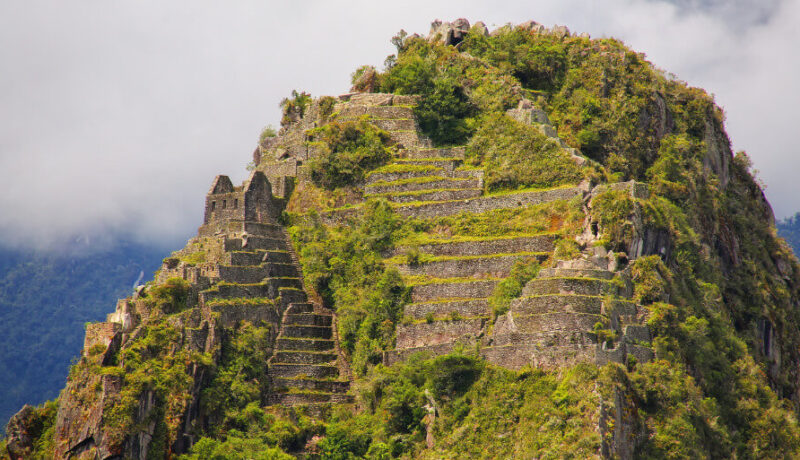
Complete guide to Huayna Picchu Mountain
Table Of Content
What is Huayna Picchu Mountain?
Huayna Picchu Mountain, also called Wayna Picchu, is the famous mountain that appears in photographs of Machu Picchu, those classic postcard photos. Its summit rises to 2693 meters (8835 feet) and is accessible from the north face of the archaeological site.
Getting to the top will take you about an hour and forty-five minutes round trip on the same trail. Along the way is the famous “Stairs of Death,” a steep stretch of stone that has tested more than one traveler. But don’t worry, there are also terraces and temples, and you can enjoy the fantastic views that this incredible place offers.
According to local guides and historians, this peak was the home of a high priest in charge of observing the stars. It was also an important place for religious ceremonies and offerings to the local gods.
Location:
The mountain Huayna Picchu is located in the Andes, in the region of Cusco (Peru), in South America. It overlooks the ancient Inca citadel of Machu Picchu, located in the province of Urubamba, about 80 kilometres northwest of the city of Cusco. The site is within the Machu Picchu Historical Sanctuary and is part of the Vilcabamba mountain range.
Machu Picchu and Huayna Picchu are located in the middle of a subtropical cloud forest at an altitude of about 2430 metres (7970 feet), while Huayna Picchu rises to 2693 metres (8835 feet). The Urubamba River flows under the mountain and winds through the deep canyon known as the Sacred Valley of the Incas.
History:
Machu Picchu was built around 1450 by the Inca emperor Pachacuti as a royal retreat. The citadel is located on the side of a mountain in the heart of the Sacred Valley, more than 2400 metres above sea level. Huayna Picchu, which rises to 2693 metres above sea level, towers above the ancient ruins and provides an impressive backdrop.
The exact purpose of Huayna Picchu is still unknown. However, it is believed that the Incas built a series of terraces, temples and other structures on the mountain that were integrated into the larger Machu Picchu complex. Some researchers theorise that Huayna Picchu may have served as a religious site, a fortress or a watchtower.
Huayna Picchu 2025 Entrance Hours:
First shift: allows you to enter the citadel of Machu Picchu after 6:00 am and Huayna Picchu from 7:00 to 8:00 am. It is ideal for those who stay overnight in Aguas Calientes and take one of the first buses to Machu Picchu.
Recommended for:
Travelers with little time who want to explore Machu Picchu and Huayna Picchu early.
Those visiting Machu Picchu for the second time and only want to visit Huayna Picchu.
People with guided tours scheduled for later in the day.
Second shift: allows access to Machu Picchu after 8:00 am and Huayna Picchu between 9:00 and 10:00 am. It is ideal for those doing alternative treks such as the Short Inca Trail, Salkantay Trek, Lares Trek, Inca Jungle or a train tour, as they can explore Machu Picchu first and then climb the mountain.
Recommended for:
Travelers with early guided tours who want to climb Huayna Picchu at their own pace.
People finishing alternative treks or organized tours.
Those who prefer to spend more time in Machu Picchu.
What to expect on the Huayna Picchu mountain
If you like adrenaline, you should definitely consider Huayna Picchu. The route is, as mentioned, a bit challenging as the trail crosses cliffs and quite steep sections. Depending on your pace and condition, the total time for the ascent and descent is between 2 and 3 hours.
The trail starts at the checkpoint north of Machu Picchu. From there, a challenging climb of 45 minutes to an hour to the summit awaits. But the reward is worth it: incredible panoramic views of Machu Picchu, the valley and the surrounding mountains.
After enjoying the scenery and taking a break at the top, it’s time to descend the same way. If you descend at a leisurely pace, you will reach Machu Picchu in about an hour and a half, and it will take you another thirty minutes to leave the citadel.
The Stairs of Death
Undoubtedly the most challenging part of the experience. This trail is famous for its steep stone steps, known as the “Stairs of Death”. Its extreme incline and height give it this curious name, and at some points it is so narrow and steep that you will have to use your hands to keep your balance.
But don’t worry, most of the trail has handrails to help you climb more safely. It is well worth the effort, as the views from the top are breathtaking.
The Views
The view from the top of Huayna Picchu is one of the most impressive in Peru. On a clear day, you can see for miles, including the nearby mountains, the Urubamba River, and the rainforest that surrounds Huayna Picchu. You can also see the ruins of Machu Picchu.
It is an excellent place to take pictures as the altitude allows you to see the Inca city from a different angle. If you plan to climb, be sure to bring your camera, as the scenery is truly incredible and you will want to capture unique and memorable photos.


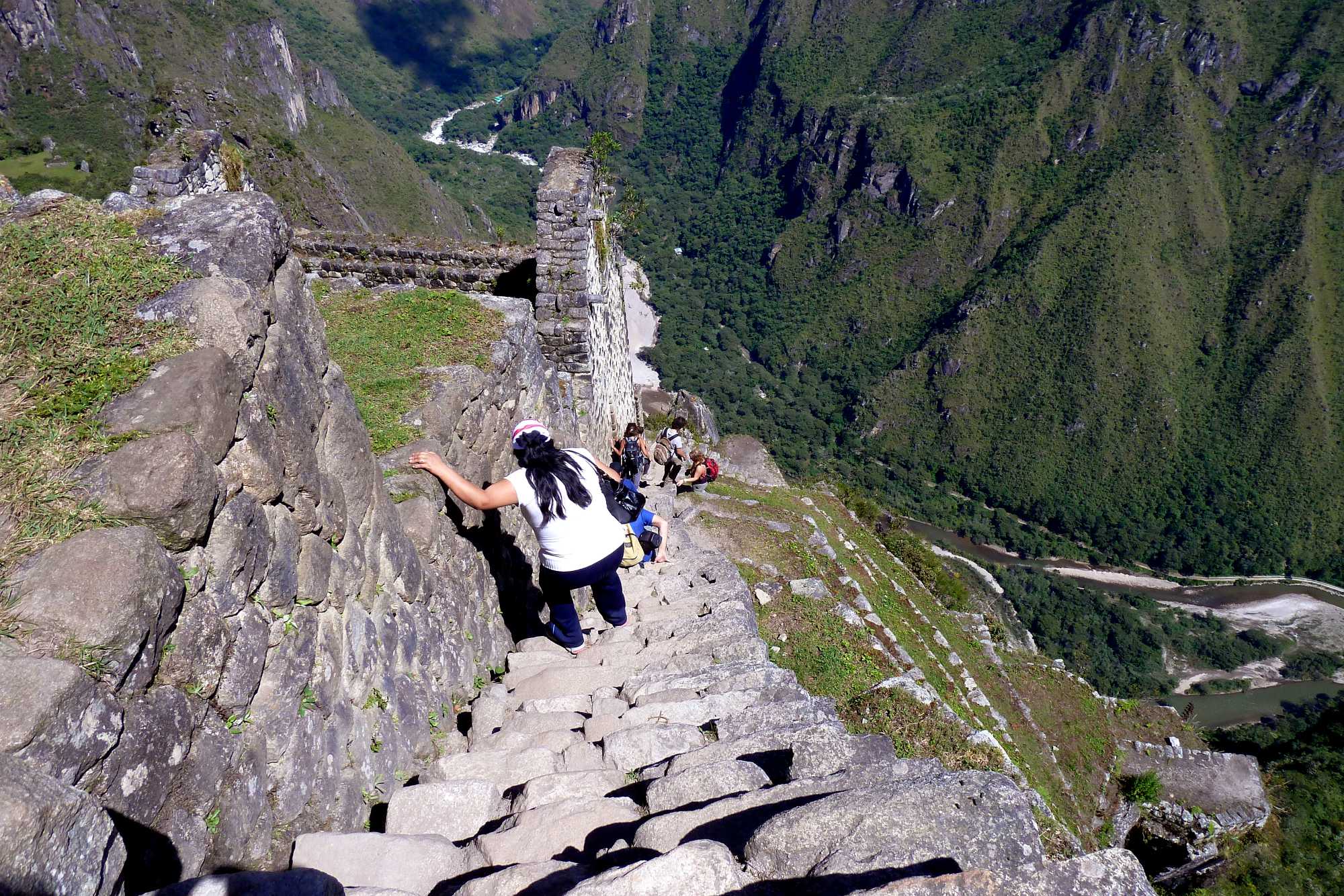
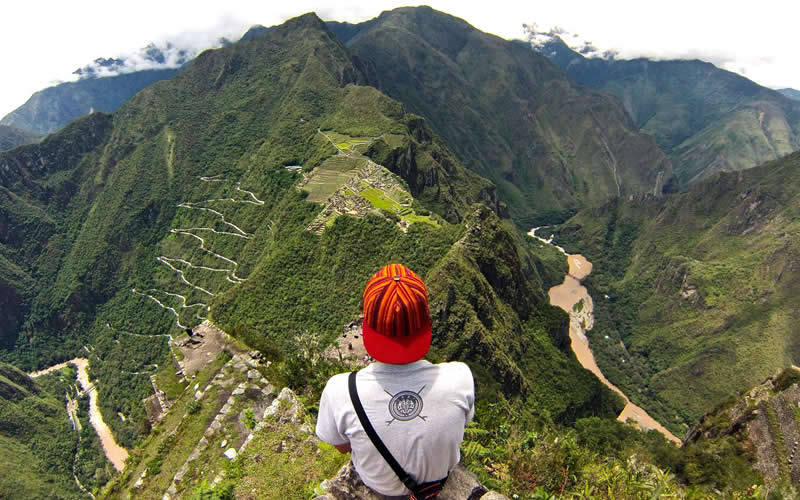


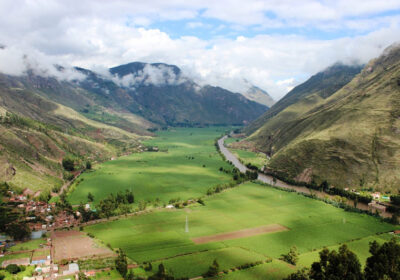

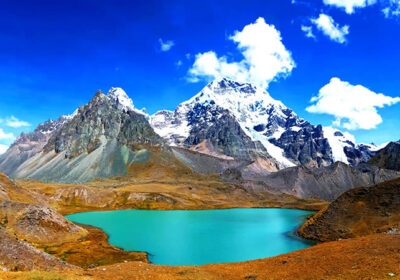
No Comment! Be the first one.